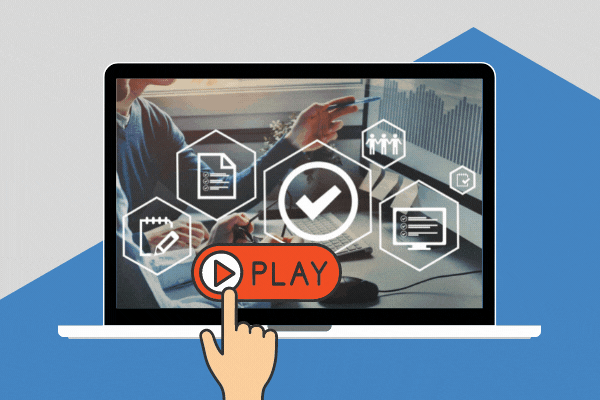The classic fairytales of our childhood carry important life lessons; today we're pulling Goldilocks & the Three Bears from the archives and applying her lessons to our medical device packaging tasks. In Goldilocks' search for porridge, a comfy seat, and a bed, she skips over the options that are too much, or not enough, and fully enjoys those that are 'just right.' This is the lesson to apply as you set out to package your medical device; below are some tips for making this happen.
A Medical Device Package that's Just Right
Packaging a medical device requires adequate protection against hazards; finding the 'just right' solution means not over or under packaging, but creating a solution that accounts for cost, usability, protection, and launch timeline. You don't want to expose your device to damage because of poor packaging, and simultaneously you don't want too much packaging that is unaffordable or inaccessible; your goal is a protective package that is 'just right'.
Dan Burgess, Packaging Engineering Fellow at Boston Scientific, presented a process that many device manufacturers follow to design and develop a product and/or a package that's just right. Here's the quick overview, but make sure to check out his full medical device development process break down in the on-demand webinar.
#1: Define User Needs
This process is applicable to all stages of design; here we're presenting it in terms of packaging. And, just as user needs are imperative as you develop your device, so are they in your packaging design. Prior to any design work, define both who your users are, and what their wants, needs, and preferences are in terms of packaging.
Users, first and foremost, are those that will be using your device for its intended use. In the case of medical devices, this is typically doctors, nurses, or patients. Secondarily, you'll want to define business and regulatory needs to ensure your package is manufacturable and meets required standards.

There are a lot of tools at your disposal to assist in this needs definition stage; i.e. voice of customer, usability studies, and human factors engineering. Dan Burgess covers these in greater detail in his medical device process presentation.
#2: Translate into Design Inputs
Next, turn this needs list into a set of technical requirements. This is an important step that requires great attention to detail. You'll work from a user need, laying in the applicable business and regulatory needs, to document various specifications for your package. This will include elements such as peel strength, package size, material thickness, etc.
#3: Detail Design Outputs
With this detail, design can begin. This starts with the package design, but quickly escalates into a number of documents that outline everything needed to produce your package, and instructions for manufacturing. Here are a few examples:
- Prints
- Bill of Materials
- Inspection Procedures
- Work Instructions
- Shop Floor Paperwork
#4/5: Verify & Validate the Design
In this step (sometimes broken down into separate phases; see presentation for more detail) we check our work completed thus far; does the design meet the specifications we've defined? When possible, you'll want to design and execute studies that produce data to validate.

Prototypes come in very handy in this phase, allowing for interaction, simulation, and testing of the designed package.
#6: Regulatory Submissions & Team Reviews
In the previous verification and validation stage, you confirmed the proposed medical device package met the technical requirements and user needs. In this final stage, you'll seek approval from the final two user sets: regulatory & business. Your regulatory submission(s) is/are dependent on the level of risk associated with your device and where you intend to sell it. And from a business standpoint, you'll share your work with operations for review to make sure nothing was missed in product development and to provide all the information needed to manufacture the device and/or package.
If you are interested in key sources for medical device packaging regulations and standards, Dan gives a great overview in his recorded presentation:
These are the necessary steps that will produce a 'just right' medical device package. Your task is a bit more taxing than Goldilocks' search for the perfect snack and resting spots, and you have more people/entities to please. Though the effort quickly becomes more complex in the real world application, the simple lesson remains true.
For design, engineering, and/or manufacturing support on a Goldilocks-approved medical device package, please reach out.


